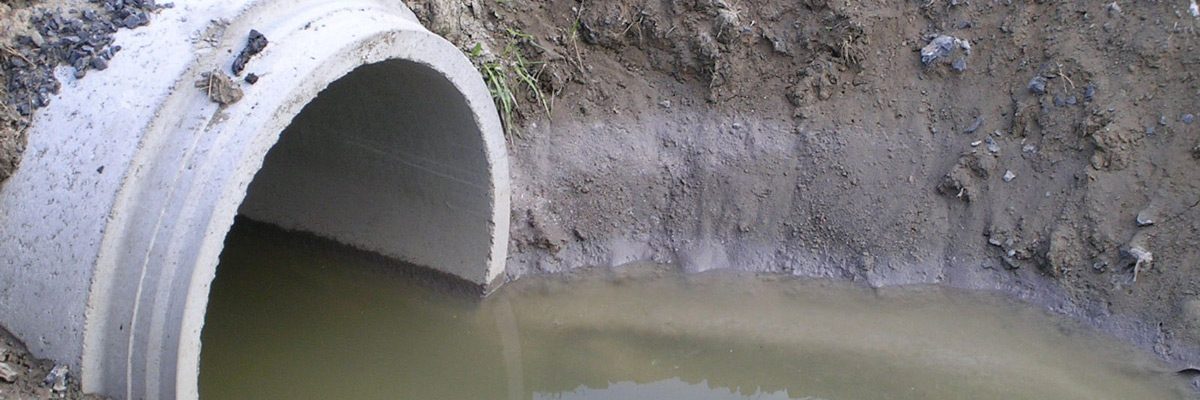I love their use of compost. I hate their use of fertilizer. I can not attest to this approach because I have never tried it, but it seemed interesting.
http://www.no-dig-vegetablegarden.com/build-a-garden.html
Building a Vegetable Garden
Your Complete Instructions for Natural Gardening Success
The No Dig Garden is built on top of the ground, so you can start building a vegetable garden anywhere. This is natural organic gardening at its simplest and best.
Preparing a vegetable garden of this sort is extremely attractive for those sites that have poor soil or invasive weeds.
It’s also a great way to build a garden for those that can’t, or don’t want to, dig a good size vegetable garden!
Follow the natural gardening no dig diagram below, but first thing of course is to choose the site. Make sure it is roughly level and ideally most of the area gets at least 5 hours of sun a day.
If it’s not as level as you’d like it, roughly smooth out the humps and bumps, then fill the gaps and any lower edges with soil, sand or whatever organic material is at hand, such as bark, leaves, twigs, washed seaweed, paper, jute, wool carpet or similar. As this rots down, you will need to add more compost to these low areas and gradually build them up.
If the ground is on too much of a slope, build some terraces for easy maintenance. Get your creative juices flowing… you can make a grand affair with formal retaining walls or just shore levels up with branches, bricks, rocks, planks, corrugated iron or other obtainable materials.
:}
Go there and read. More tomorrow.
:}
